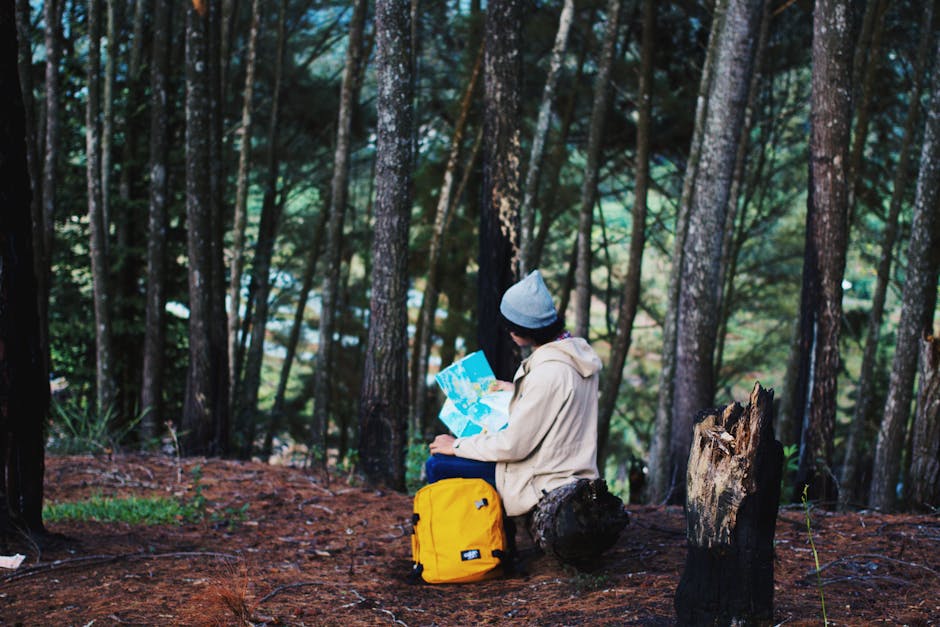Backpacking Southeast Asia budget adventures have become legendary among travelers seeking rich culture, stunning landscapes, and unforgettable experiences without breaking the bank. For those dreaming of cheap SEA travel, a shoestring approach opens doors to vibrant street markets, pristine beaches, and bustling cities across Thailand, Vietnam, Laos, Cambodia, Malaysia, Indonesia, and beyond. In this comprehensive guide, Journey Atlas reveals everything you need to know—hostel tips, daily costs, route planning, and essential advice—to make your Asia backpacking journey both affordable and extraordinary.
How to Budget for Backpacking Southeast Asia
For budget-conscious travelers, understanding daily expenses is key to maximizing your trip. Southeast Asia is renowned for its affordability, but costs can vary by country and travel style. On average, backpackers can expect to spend between $20 and $50 per day, covering accommodation, food, local transport, and basic activities. Countries like Thailand, Vietnam, Laos, and Cambodia consistently rank as the most wallet-friendly, with dorm beds ranging from $4 to $10 per night and local meals as low as $1 to $3. In Malaysia, Indonesia, and the Philippines, costs are slightly higher but still reasonable for budget travelers.
Street food is your best friend for cheap eats—think steaming bowls of pho in Vietnam, pad thai in Thailand, or nasi goreng in Indonesia. Local buses and trains offer economical ways to travel between cities, while night buses can help save on accommodation costs. Hostels and guesthouses are abundant, often including free Wi-Fi and social atmospheres perfect for meeting fellow travelers. For those planning longer stays, negotiating weekly or monthly rates can further stretch your budget.
To keep your backpacking Southeast Asia budget in check, always factor in visa fees, occasional splurges, and unexpected expenses. Travel insurance is highly recommended, and budgeting a small daily buffer will help you handle surprises without stress. By tracking your spending and making smart choices, you can enjoy months of adventure for less than the cost of a week in many Western countries.
Hostels, Guesthouses, and Cheap Stays: The Ultimate Hostel Guide for Asia
Finding the right place to sleep is essential for any Asia backpacking trip. Hostels are the backbone of the region’s budget travel scene, offering dorm beds, private rooms, and communal spaces that foster connection and camaraderie. In most Southeast Asian countries, hostel dorms cost between $5 and $12 per night, with private rooms available for $15 to $30. Basic but clean, many hostels provide free breakfast, lockers, and helpful staff who can arrange tours or onward transport.
For those seeking even more privacy or local flavor, guesthouses and homestays are excellent alternatives. Prices are often similar to hostels, and the experience can be more intimate—think family-run establishments where you’re treated like a guest rather than a customer. Booking platforms and apps make it easy to compare options, read reviews, and secure the best deals. In less-touristed towns, simply showing up and asking around can yield hidden gems at unbeatable prices.
When choosing accommodation, consider location, security, cleanliness, and social atmosphere. Many hostels in Southeast Asia organize group activities, pub crawls, or city tours, making them ideal for solo travelers. For digital nomads, look for hostels with reliable Wi-Fi and quiet workspaces. Remember, the cheapest option isn’t always the best—sometimes spending a few extra dollars means a good night’s sleep and a safer, more enjoyable experience.
Planning Your Budget Travel Route Through Southeast Asia
Mapping out your budget travel route is both exciting and daunting, given Southeast Asia’s vast array of destinations. The classic route often starts in Thailand, weaving through Laos, Vietnam, and Cambodia before heading south to Malaysia, Singapore, and Indonesia. This circuit, known as the Banana Pancake Trail, is well-trodden and supported by excellent backpacker infrastructure.
For those with limited time, focus on one or two countries to experience their highlights in depth. Thailand’s northern mountains and southern islands, Vietnam’s bustling cities and scenic coast, or Cambodia’s ancient temples and laid-back riverside towns each offer unique flavors. If you have several months, consider overland travel—buses, trains, and boats connect most major cities, and border crossings are generally straightforward with proper visas.
Flexibility is key for cheap SEA travel. Off-season travel (typically May to October) means lower prices and fewer crowds, though some areas may experience heavy rains. Booking transport and accommodation a day or two in advance allows you to take advantage of last-minute deals. For the truly adventurous, spontaneous detours often lead to the most memorable experiences, from hidden waterfalls to local festivals.
Always check visa requirements and entry rules for each country, as they can change frequently. Consider travel insurance that covers medical emergencies and trip interruptions. With a smartly planned route and an open mind, your Asia backpacking journey will be as enriching as it is affordable.
Essential Tips for Cheap SEA Travel and Maximizing Your Adventure
To make the most of your backpacking Southeast Asia budget, a few tried-and-true strategies can help you save money while deepening your travel experience. Embrace local transport—buses, trains, and even tuk-tuks are far cheaper than taxis or flights. Eat where the locals eat, avoiding tourist traps in favor of bustling night markets and roadside stalls. Join free walking tours to get your bearings in new cities and meet fellow travelers.
Packing light not only saves on baggage fees but also makes overland travel easier. Bring essentials like a universal adapter, quick-dry clothing, and a sturdy water bottle to minimize single-use plastics. Download offline maps and translation apps to navigate unfamiliar places and communicate with locals. If you’re traveling for several weeks or months, consider volunteering or working in exchange for food and accommodation—many hostels and eco-projects welcome backpackers willing to lend a hand.
Above all, stay open-minded and flexible. Southeast Asia is full of surprises, from impromptu street festivals to spontaneous invitations from locals. By traveling slow, respecting local customs, and connecting with people along the way, you’ll create memories that last a lifetime—without emptying your wallet. Your shoestring adventure awaits!
